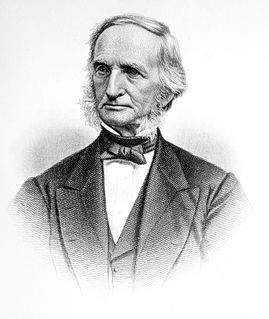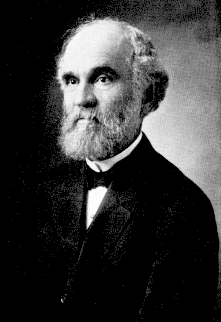The following is a list of Presidents of Brown University From 1765 to the 1920s, the president was required by the University Charter to be of the Baptist denomination:

Brown University is a private Ivy League research university in Providence, Rhode Island. Founded in 1764 as the College in the English Colony of Rhode Island and Providence Plantations, it is the seventh-oldest institution of higher education in the United States and one of the nine colonial colleges chartered before the American Revolution.
| President | Brown Class | Life | Tenure | Events | ||
|---|---|---|---|---|---|---|
| 1. |  | James Manning | – | 1738–1791 | 1765–1791 | The College in the English Colony of Rhode Island and Providence Plantations is established in Warren, RI, (1765) moves to Providence (1770) and establishes campus on College Hill. American Revolution. |
| 2. |  | Jonathan Maxcy [1] | 1787 | 1768–1820 | 1792–1802 | First alum to be president |
| 3. |  | Asa Messer [2] | 1790 | 1769–1836 | 1802–1826 | The College of Rhode Island and Providence Plantations is renamed as Brown University; first Medical School founded |
| 4. |  | Francis Wayland | – | 1796–1865 | 1827–1855 | Suspension of the Medical School |
| 5. |  | Barnas Sears | 1825 | 1802–1880 | 1855–1867 | |
| 6. |  | Alexis Caswell | 1822 | 1799–1877 | 1868–1872 | |
| 7. |  | Ezekiel Robinson [3] | 1838 | 1815–1894 | 1872–1889 | Graduate study instituted |
| 8. |  | Elisha Andrews | 1870 | 1844–1917 | 1889–1898 | Women's College founded |
| 9. |  | William Faunce [4] | 1880 | 1859–1930 | 1899–1929 | Women's College renamed to Pembroke College |
| 10. | Clarence Barbour | 1888 | 1867–1937 | 1929–1937 | Last of long line of Baptist minister Presidents | |
| 11. | Henry Wriston | – | 1889–1978 | 1937–1955 | First non-Baptist (Methodist) president and first president since Wayland to not be a Brown alumnus | |
| 12. | Barnaby Keeney | – | 1914–1980 | 1955–1966 | ||
| 13. | Ray Heffner [5] | – | 1925–2012 | 1966–1969 | New Curriculum passed | |
| 14. | Donald Hornig [6] | – | 1920–2013 | 1970–1976 | Pembroke merged with Brown, Medical School founded | |
| 15. | Howard Swearer | – | 1932–1991 | 1977–1988 | ||
| 16. |  | Vartan Gregorian | – | 1934– | 1989–1997 | |
| 17. |  | Gordon Gee | – | 1944– | 1998–2000 | |
| – (Interim President) | Sheila Blumstein | – | 1944– | February 2000-July 2001 | Blumstein served as Dean of the College at Brown from 1987-1995; as Interim Provost in 1998; and as Interim President from February 2000 to July 2001 [7] | |
| 18. |  | Ruth Simmons | – | 1945– | 2001–2012 | In 2001, Time named Simmons as America's best college president. First woman and first African-American President of an Ivy League school |
| 19. |  | Christina Paxson | – | 1960– | 2012– |







